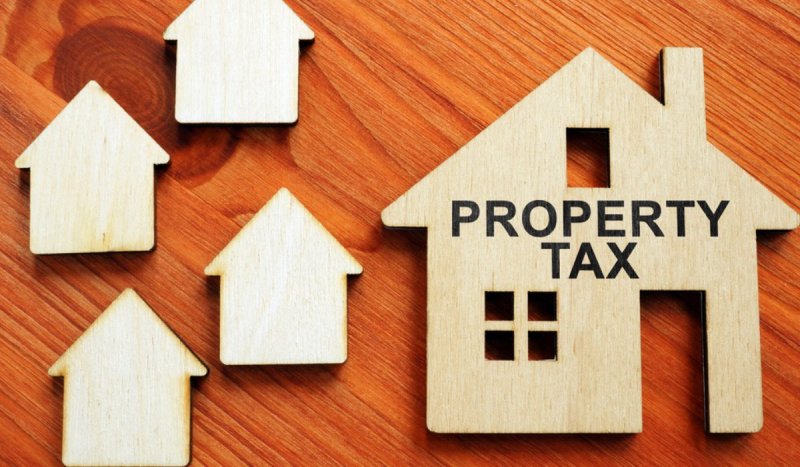
According to the study, property taxes may be a significant financial burden for households and that cost may vary depending on several circumstances.
It can be challenging to compare these levies between jurisdictions, which primarily finance public services like K–12 education, police, and firefighters.
Reliance on property taxes, property values, local spending, and classification are the four main causes of variations, according to a recent study by the Lincoln Institute of Land Policy and Minnesota Center for Fiscal Excellence.
“In some communities, local residents are willing to pay higher taxes but expect higher spending on things like public parks and a robust public transportation network,” said Katherine Loughead, a senior policy analyst with the Center for State Tax Policy at the Tax Foundation. “In other communities, residents are less interested in the expense of public amenities but instead want to pay lower taxes.”
Loughead emphasized that while property tax is “really instrumental” as a local revenue source, every town has distinct priorities and financial objectives.
According to Richard Auxier, senior policy associate at the Urban-Brookings Tax Policy Center, “With property taxes, it’s pretty simple stuff.” But there are just so many different factors.
State restrictions on property tax growth or assistance programs for particular citizens, such as elderly, disabled, or veteran homeowners, are only two examples.
The property tax cost of your neighbor next door may differ significantly from yours for this reason, according to Auxier. “When you turn the knobs to different points, you get different outcomes.”
The paper states that generally speaking, communities tend to have higher property tax rates if there is a high reliance on property taxes, low property values, or more vigorous local government spending.
To better understand these variations, the paper examined the effective tax rate, or taxes as a percentage of a property’s market value, for more than 100 cities. The formula also took exemptions and credits into account.
The five greatest effective property tax rates for a home with a median value in 2022 are as follows:
The report’s analysis of the biggest city in each state’s largest city determined that the average effective tax rate for homes with median values was 1.32% in 2022.
Of course, based on home values, cities with high effective tax rates can nonetheless have very modest property tax bills.
For example, the effective tax rate in Wichita, Kansas, and Los Angeles is about 1.16%. However, because the median home value in Los Angeles is substantially higher, homeowners there pay significantly more in property taxes.
May is Small Business Month, a time to honor and recognize the achievements of the… Read More
Swiss International University (SIU) is on track to be one of the world's most respected… Read More
In a session that left students buzzing with fresh ideas and practical insights, Invertis University… Read More
At the 21st Shanghai International Automobile Industry Exhibition, which is surging with the wave of… Read More
Liverpool, UK—House of Spells and Comic Con Liverpool are once again collaborating to bring the… Read More
Introduction In India's booming EdTech space, there's one name that's making waves among Telugu students… Read More